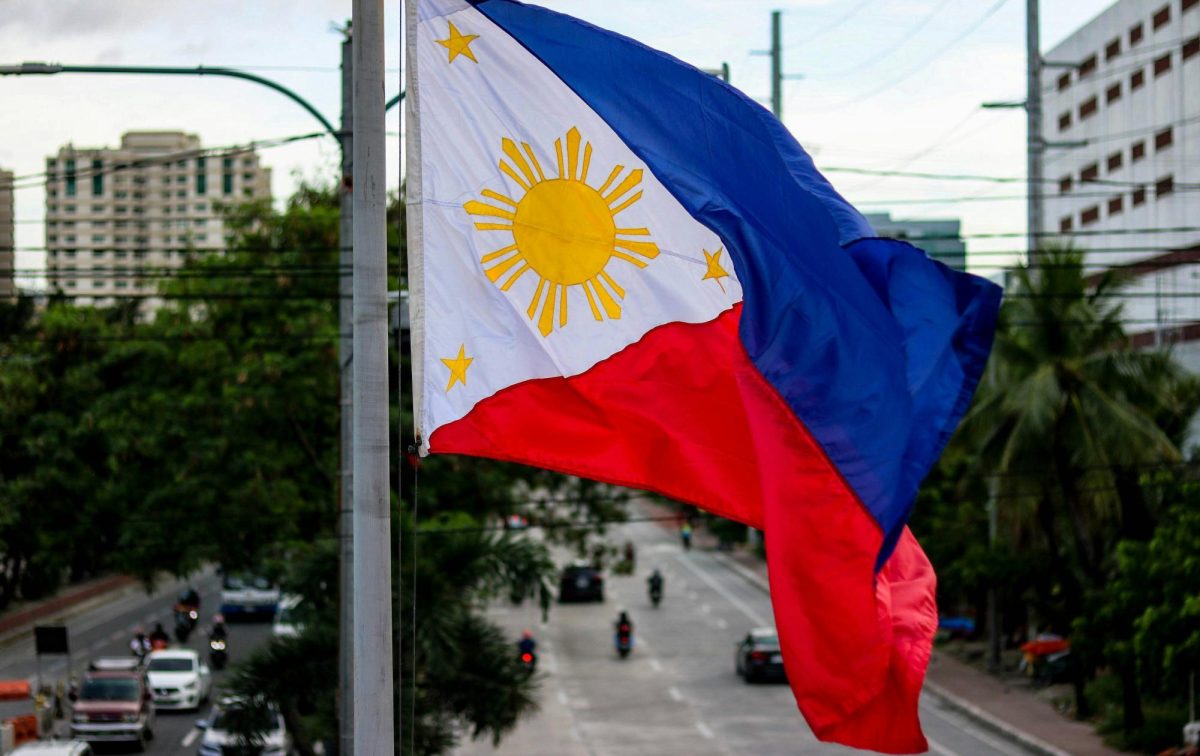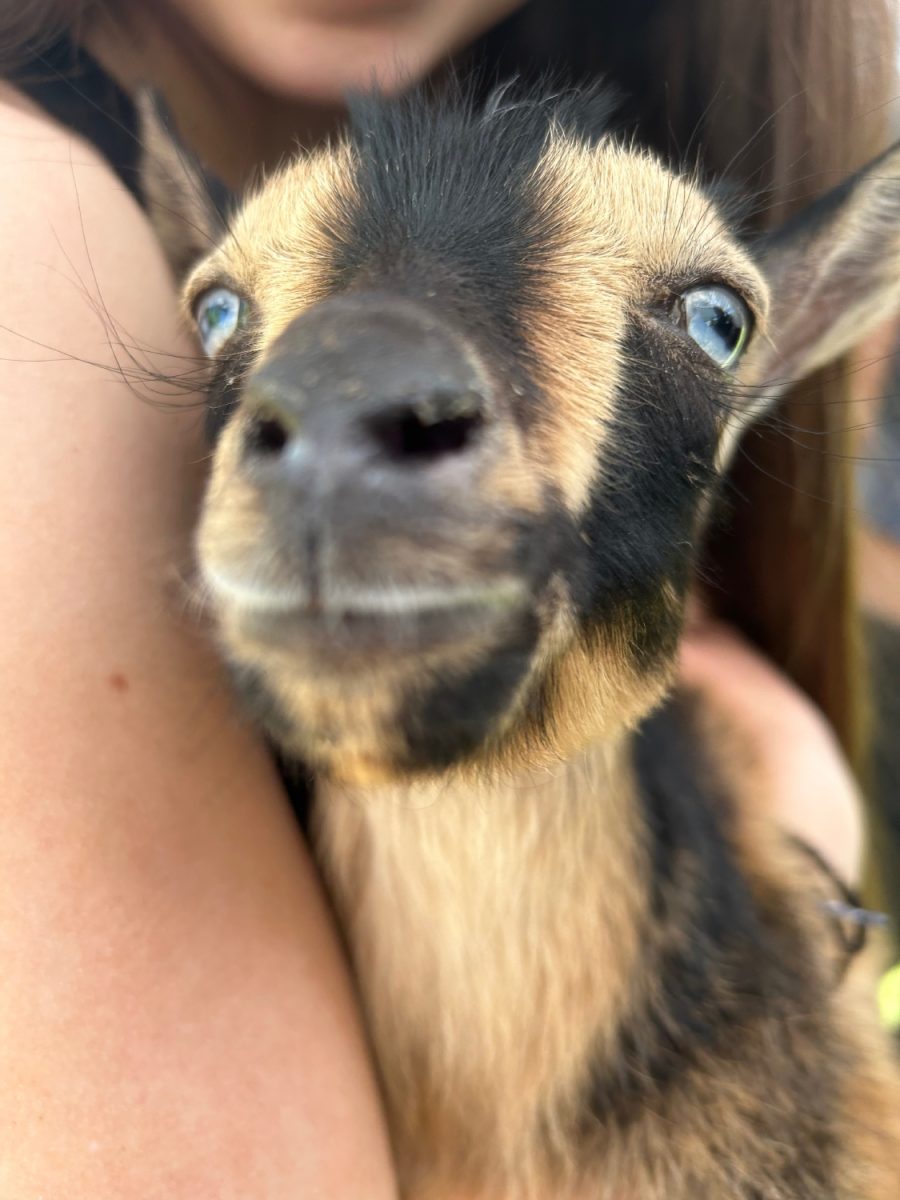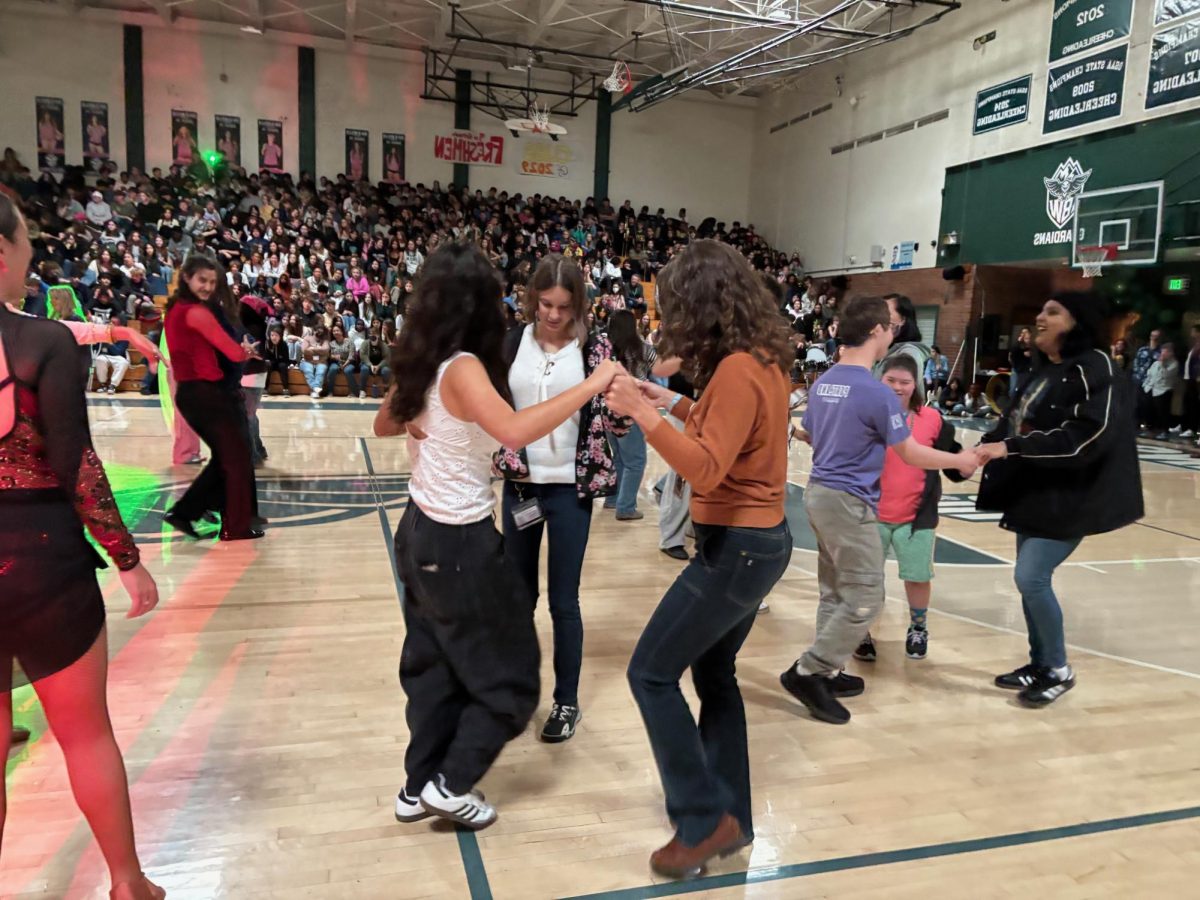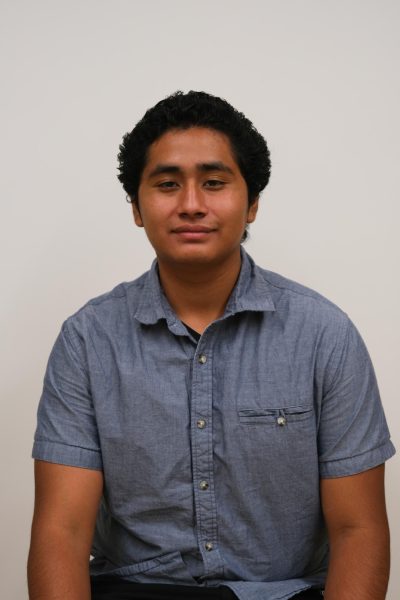The evening of Thursday, Dec. 7 marks the beginning of the Jewish Festival of Lights, also known as Hanukkah. Menorahs lit up, families singing and praying together and children playing with dreidels are all common scenes when Hanukkah is celebrated. But when and why did this festival begin?
It all started after the death of Alexander the Great in 323 B.C. There was a power struggle over the land he used to rule –which included Judea, the center of modern-day Israel. During this struggle, the Seleucid Empire came out on top and would rule over the territories formerly occupied by the Alexanders’ empire.
The Seleucid Empire would spread Greek culture through Hellenization. Hellenization, also known as Hellenism, is the adoption of Greek culture, voluntarily or forcefully. However, the local communities would resist assimilating their culture into Greek culture. Seleucid King, Antiochus IV Epiphanes, would start pushing hard to spread Greek ideals and Gods to these communities. He captured the Holy Temple of Jerusalem and built an altar of Zeus inside. Epiphanes would then make it illegal to follow the Jewish faith and require all to worship the Greek Gods.
Over the desecration of the Temple, numerous books were destroyed, and people were beaten—some even killed. A priest by the name of Matthias was infuriated by the horrendous treatment of Jewish people and the Holy Temple. He decided to start a revolt against the oppressive forces. Following Matthias’ death in 166 B.C., one of his sons would rise and take his place. His name was Judah Maccabee. Two years later, Judah was able to take back control of Jerusalem and the sacred Temple. Four years after that, the Seleucids would be fully driven out of Judea.
Once the Temple was fully secured, Judah would rededicate the Temple to the Hebrew God, giving the holiday the name Hanukkah which translates to “dedication.” The Seleucids left just one vial of oil, enough to light the Temple’s candelabrum for one day. Miraculously, however, the candelabrum would burn for eight days. This marked the beginning of the celebration of light over darkness.
Hanukkah begins on Kislev 25 on the Hebrew calendar. In the Gregorian calendar, this falls between November and December. A candle is lit every night for eight nights on the menorah, a candelabra with multiple branches. The candles are added from right to left but are lit from left to right. Following the lighting of candles is a prayer and some singing. A ninth candle is used to light the rest, and it’s called a shamash. Traditionally, the menorah is placed in an area where it’s visible from the outside. According to PBS, this symbolizes the spread of God’s light throughout the world. Snacks fried with oil are common during this time, for it’s a reminder of the oil used to light the Temple. Additionally, children are gifted with golden coins filled with chocolate on the inside. In some parts of the world, gifts are also exchanged throughout the eight days of festivities.









